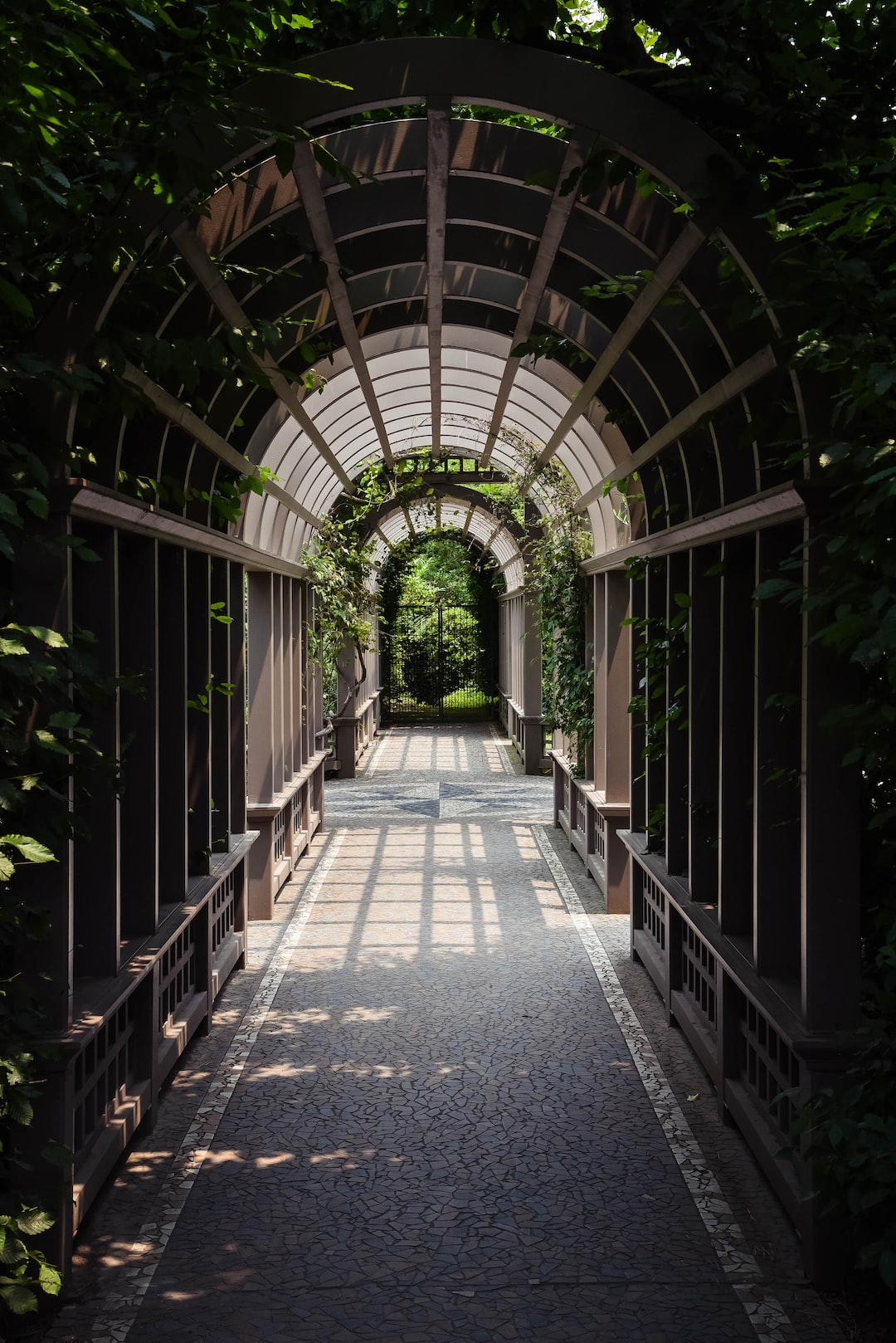Designing a Pet-Friendly Garden: Plant Choices and Safety
Creating a pet-friendly garden is a wonderful way to provide a safe and enjoyable space for your furry friends to roam and relax. Whether you have a cat or a dog, certain considerations need to be made when it comes to plant choices and overall safety in your outdoor space. In this blog post, we will explore some design ideas and tips for designing a pet-friendly garden.
1. Choose Non-Toxic Plants:
When selecting plants for your garden, it is crucial to choose ones that are non-toxic for pets. Many common plants can be toxic to cats and dogs if ingested. Examples of toxic plants for cats include lilies, tulips, and azaleas, while some toxic plants for dogs include daffodils, sago palms, and some varieties of ivy. It is always a good idea to double-check the toxicity of any specific plant before introducing it to your garden.
Instead, opt for pet-friendly plant varieties such as bamboo palm, spider plant, and Boston fern. These plants are not only safe for pets but also help to purify the air and create a calming atmosphere in your garden. Additionally, consider incorporating catnip and mint plants, which are easy to grow and provide a source of stimulation for your feline friends.
2. Create Safe Boundary:
To keep your pets safe from wandering into areas that may be harmful or where they could do damage, it is essential to create safe boundaries in your garden. This can be achieved through various methods, such as fencing or the strategic use of raised beds and planters.
High-quality fences can prevent dogs from escaping and ensure they stay within your garden boundaries. However, it is important to choose a fence design that takes into account the breed and size of your dog. Some dogs are excellent jumpers, so ensure the fence is tall enough to prevent them from leaping over. Additionally, small dogs may be able to squeeze through gaps in traditional fencing, so you may need to consider adding mesh or smaller gaps to prevent escape.
For cats, consider designing a catio, an enclosed outdoor space that allows them to enjoy the fresh air while remaining safely inside your garden. This can be achieved through the addition of a screened-in porch or a fully enclosed structure that provides cats with access to the outdoors without the risk of escape or exposure to predators.
3. Avoid Harmful Chemicals:
When designing a pet-friendly garden, it is crucial to avoid using harmful chemicals, such as pesticides and herbicides. Many common garden products contain toxic chemicals that can be harmful if ingested or come into contact with your pet’s fur and paws.
Instead, opt for organic alternatives or natural methods of pest control. For instance, attracting beneficial insects and birds to your garden can help control pest populations naturally, reducing the need for chemical treatments. Additionally, consider creating separate areas for vegetable gardens and pet play areas, ensuring that you avoid using chemicals near areas where your pets spend most of their time.
4. Designate Play and Rest Areas:
Designating specific areas in your garden for play and rest can help keep both you and your pets happy. Provide dedicated spaces for your pets to play, explore, and exercise, such as open grassy areas or a designated agility course for dogs. These areas should be free from potential hazards, such as sharp objects or toxic plants, and should provide plenty of shade and water to keep your pets comfortable.
Additionally, create cozy spots for your pets to rest and relax. Incorporate comfortable pet beds or hammocks under shady trees or provide them with sheltered areas in case of rain or extreme heat. Creating safe and comfortable spaces will ensure that your pets enjoy their time in the garden and are well-rested.
In conclusion, designing a pet-friendly garden involves careful consideration of plant choices, safety measures, and creating spaces dedicated to play and rest. By selecting non-toxic plants, creating safe boundaries, avoiding harmful chemicals, and designating play and rest areas, you can create a beautiful and functional garden that is enjoyable for both you and your furry friends. So, unleash your creativity and create a garden space that your pets will love to explore and spend time in.

